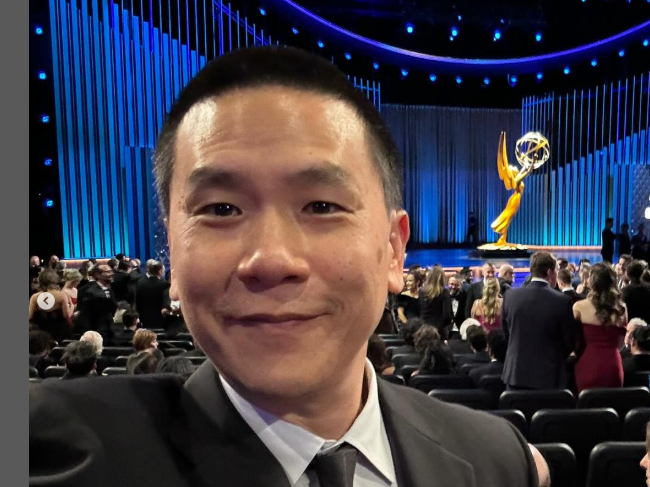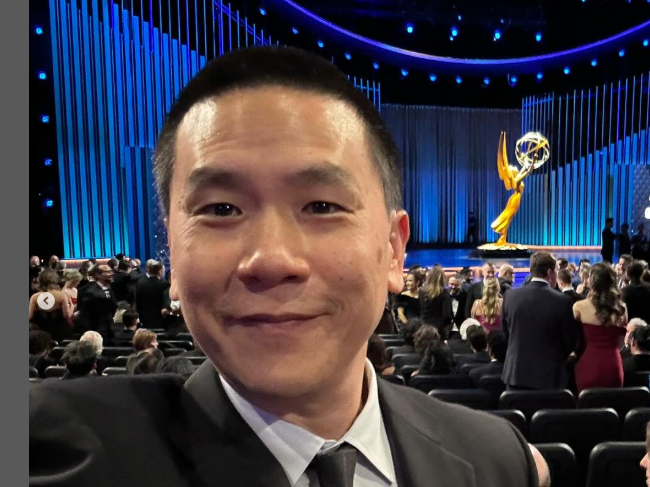Eric Cheng’s estimated $10 million net worth tells the tale of his unwavering curiosity and bold decisions in addition to his income. His career resembles a mosaic in that it combines activism, art, and science to produce a remarkably powerful cultural and financial impact.
Cheng, who was born to Taiwanese parents in Madison, Wisconsin, grew up combining the tenacity of immigrants with artistic experimentation. He received a technical foundation in computer science from Stanford, but his passion has always been for visual storytelling. This combination proved especially inventive, allowing him to inspire others by bridging the gap between artistic vision and engineering precision.
Eric Cheng – Biography, Career, and Net Worth
| Category | Details |
|---|---|
| Full Name | Eric Cheng |
| Date of Birth | January 9, 1975 |
| Birthplace | Madison, Wisconsin, USA |
| Nationality | Taiwanese-American |
| Education | B.S. & M.S. in Computer Science, Stanford University |
| Occupation | Entrepreneur, Photographer, Technologist |
| Known For | Underwater & Aerial Photography, VR & Immersive Media |
| Current Role | Head of Immersive Media, Facebook Reality Labs |
| Past Roles | Director of Aerial Imaging at DJI, Director of Photography at Lytro |
| Notable Projects | Wetpixel, Emmy-nominated VR productions, Whale Wars (Season 2) |
| Estimated Net Worth | $10 Million (2025) |
| Other Talents | Concert Cellist, Software Engineer |
Wetpixel, one of his first significant endeavors, turned out to be a striking example of how online communities could flourish around specialized interests. Cheng established a gathering spot for underwater photographers that not only encouraged cooperation but also validated his reputation long before platforms turned communities into commodities. Even though it wasn’t the most financially rewarding project, it helped him build his reputation, which in turn led to surprisingly cheap opportunities for speaking engagements, brand partnerships, and consulting.
Cheng’s earnings and visibility increased during his tenure at DJI. In his capacity as Director of Aerial Imaging, he contributed to the perception that drones were not toys but rather incredibly useful tools for conservation, filmmaking, and journalism. He made headlines when he piloted a DJI Inspire 1 into Iceland’s Holuhraun eruption for Good Morning America, but it was also a landmark moment that showed how technology could be so adaptable in capturing realities that conventional cameras couldn’t reach. His long-term wealth trajectory was greatly enhanced by the financial gains from this time, which came from executive compensation as well as stock options and an increased international profile.
His subsequent change to become Head of Immersive Media at Facebook Reality Labs demonstrated a man who was always changing to keep up with the rapid advancements in technology. Equity stakes are thought to be part of his compensation package in this case, which is especially advantageous considering the rise of mixed reality and virtual reality. According to Cheng, immersive storytelling is about more than just visual spectacle; it’s also about fostering deep human connections in virtual environments. Because of this viewpoint, Cheng’s contributions to the industry’s development have proven incredibly resilient.

Collaborations and media appearances increased his wealth even more. Cheng has mastered the art of extending his influence beyond niche photography into mainstream platforms, as demonstrated by his Emmy-nominated work and his role in the Netflix series Tales by Light. These endeavors produced streams of income from speaking engagements, distribution, and licensing—all of which were incredibly successful in increasing his income and maintaining his reputation.
His story has also been influenced by philanthropy, which is frequently disregarded in financial discussions. Cheng has continuously contributed to causes bigger than himself while serving on organizations like Shark Savers and Sea Shepherd Conservation Society. His involvement in Operation Musashi, which was chronicled in Whale Wars, strengthened his reputation as a camera-wielding activist—a reputation that subtly supports speaking engagements and business alliances. In addition to being commendable, this integration of conservation and business is strategically sound.
His dual life as a concert cellist, playing with Vienna Teng in big cities, adds even more intrigue to his story. It enhances his personal brand but is unlikely to be a financial motivator. A man who plays a cello and controls drones over volcanoes exemplifies a level of authenticity that audiences and businesses find especially creative. It increases his appeal across industries by transforming him from a specialist into a multifaceted creator.
Cheng’s net worth may appear modest in comparison to his peers, but its diversity significantly improves the structure of his earnings. His wealth is backed by technology leadership, artistic endeavors, entrepreneurial endeavors, and educational outreach, in contrast to celebrities who are only involved in entertainment. His income is incredibly resilient to changing industry trends thanks to this variety.
Cheng’s journey has important wider ramifications. He is an example of a new kind of wealthy person who makes trends rather than following them. Cheng is a prime example of how curiosity combined with technical mastery can lead to financial success, much like Chris Milk in immersive media or James Cameron in cinematic innovation. His career serves as a reminder to the next generation that genuine wealth comes from more than just money; it also comes from legacy, influence, and the capacity to motivate.


